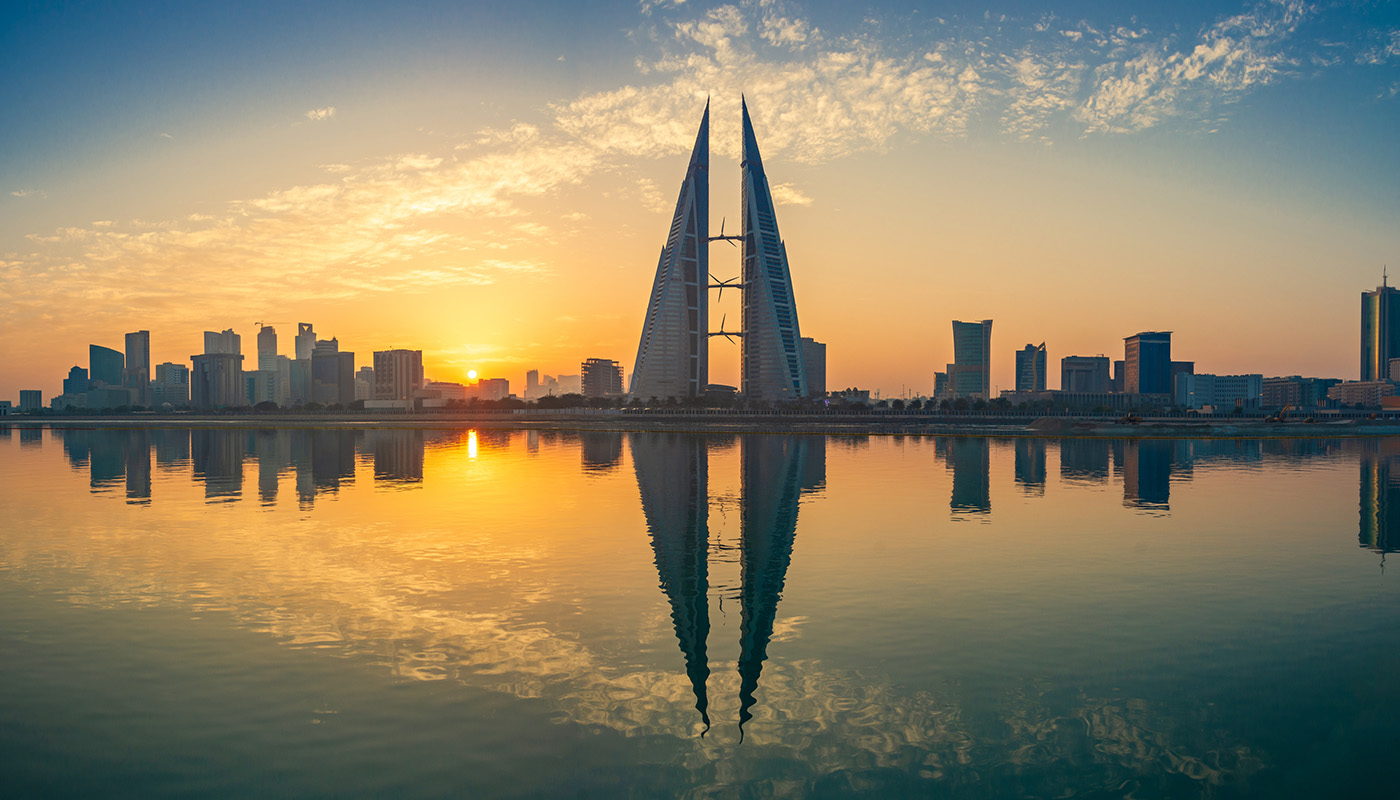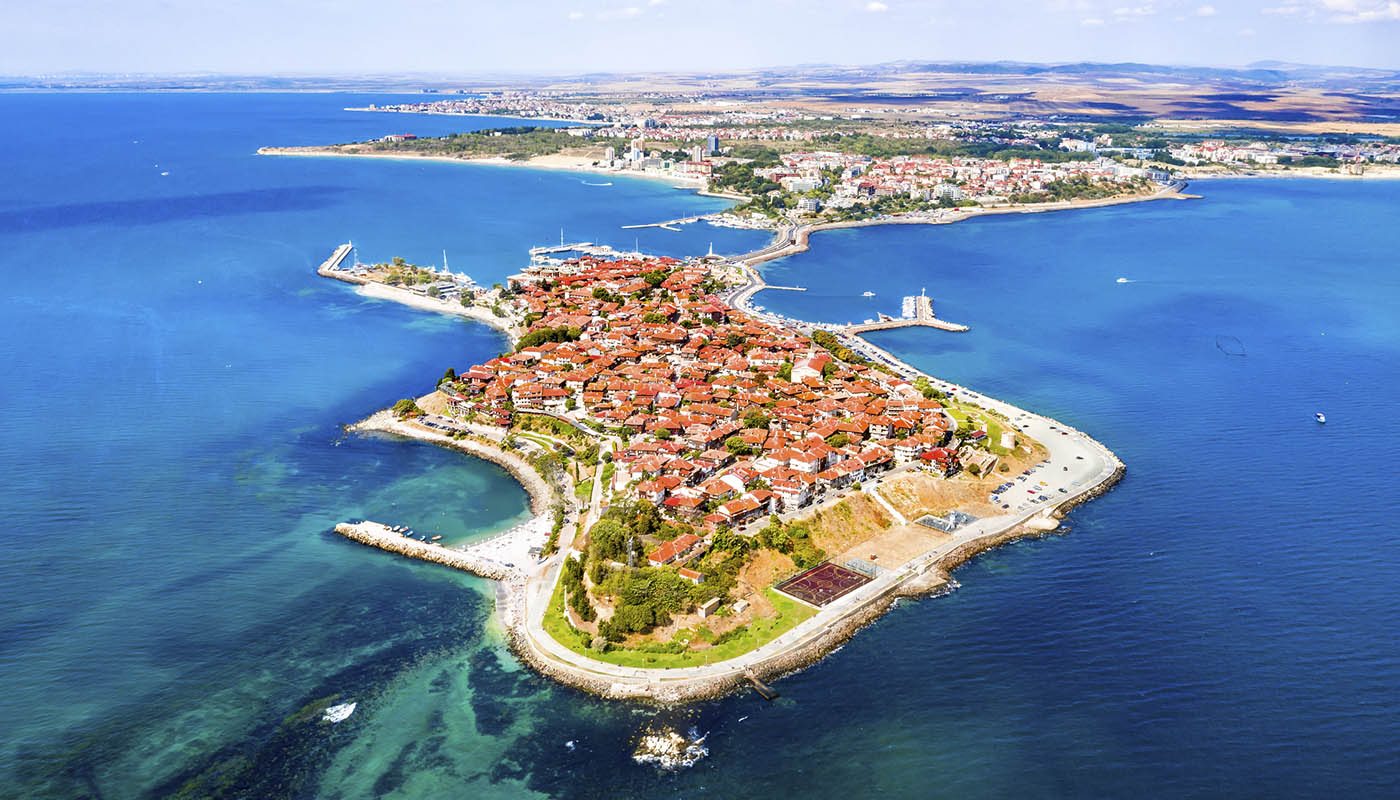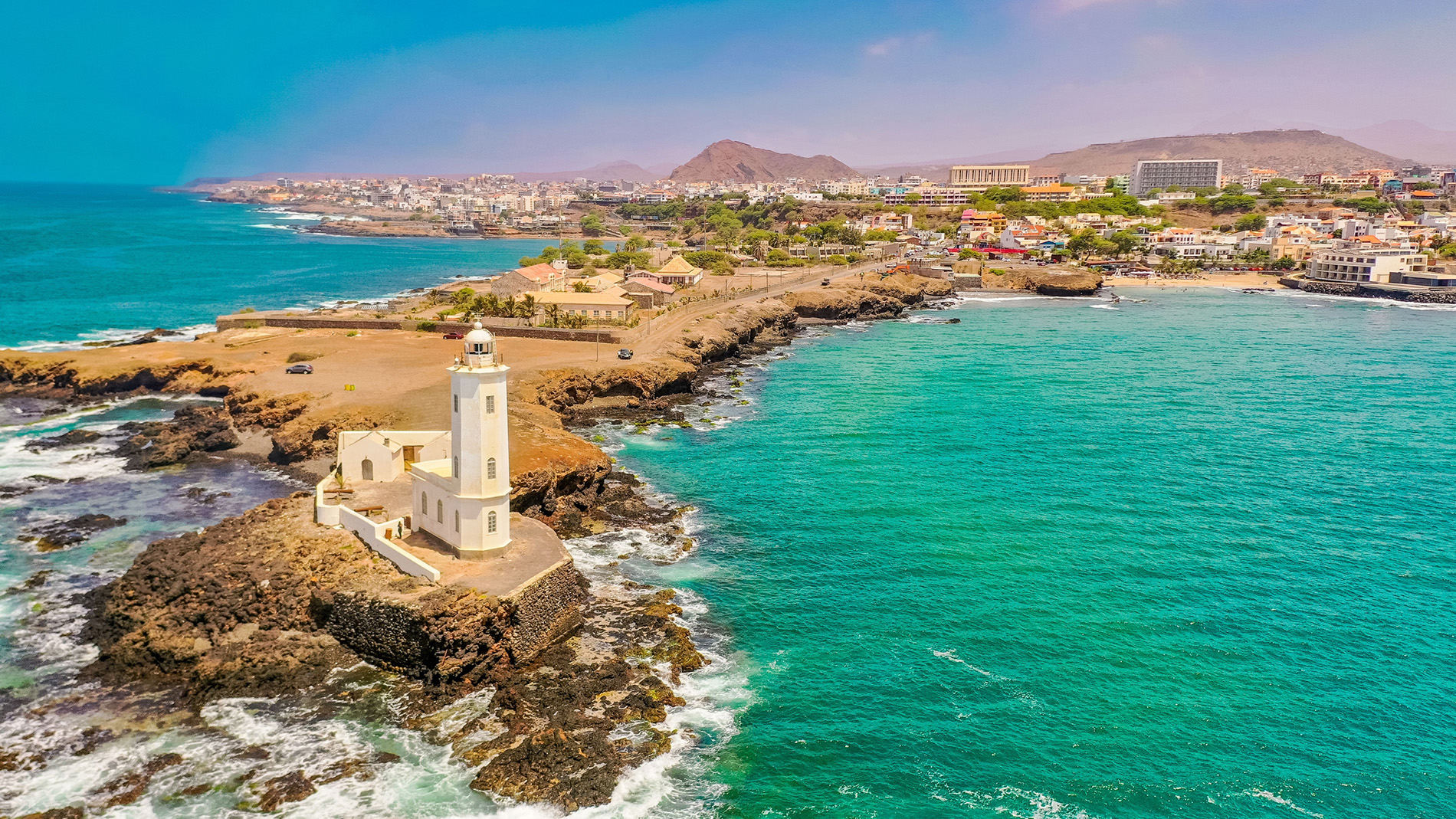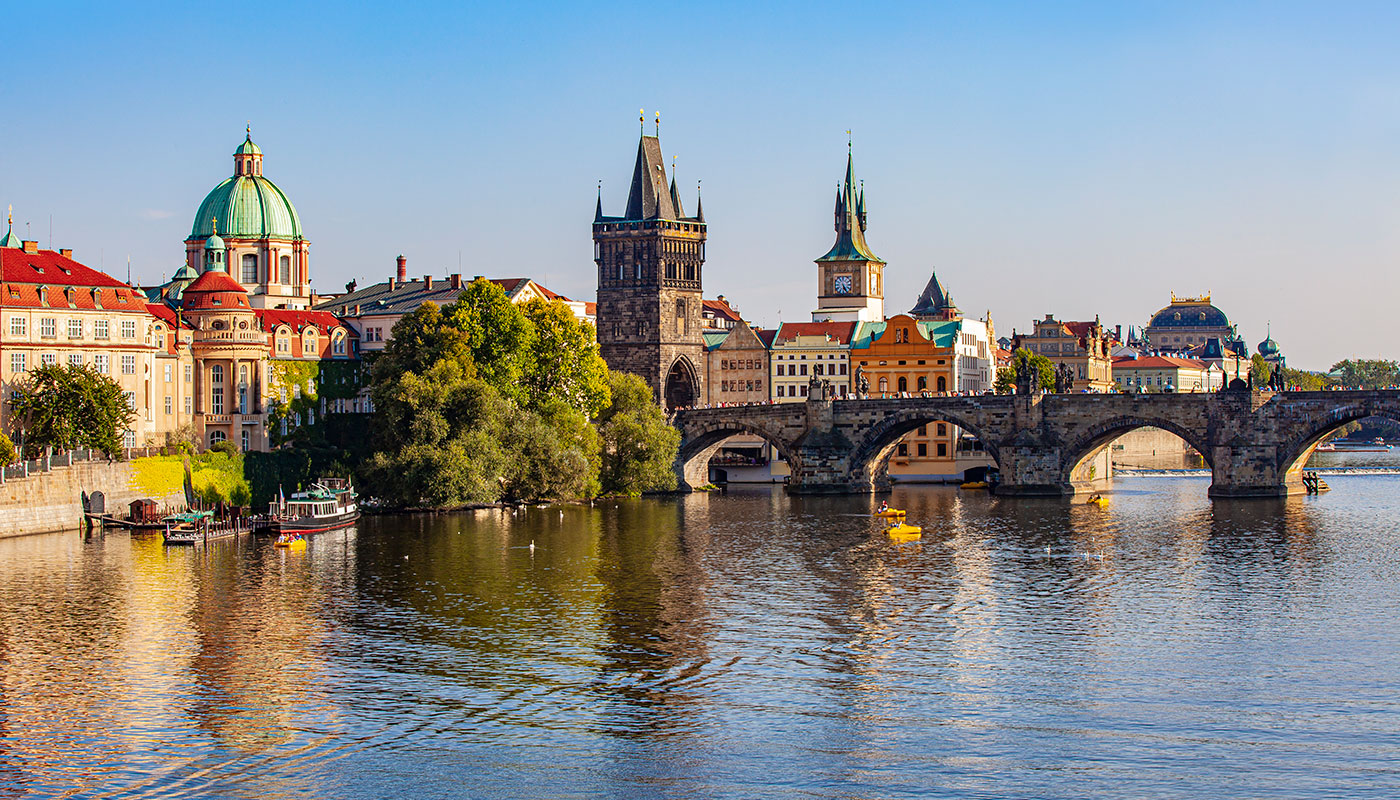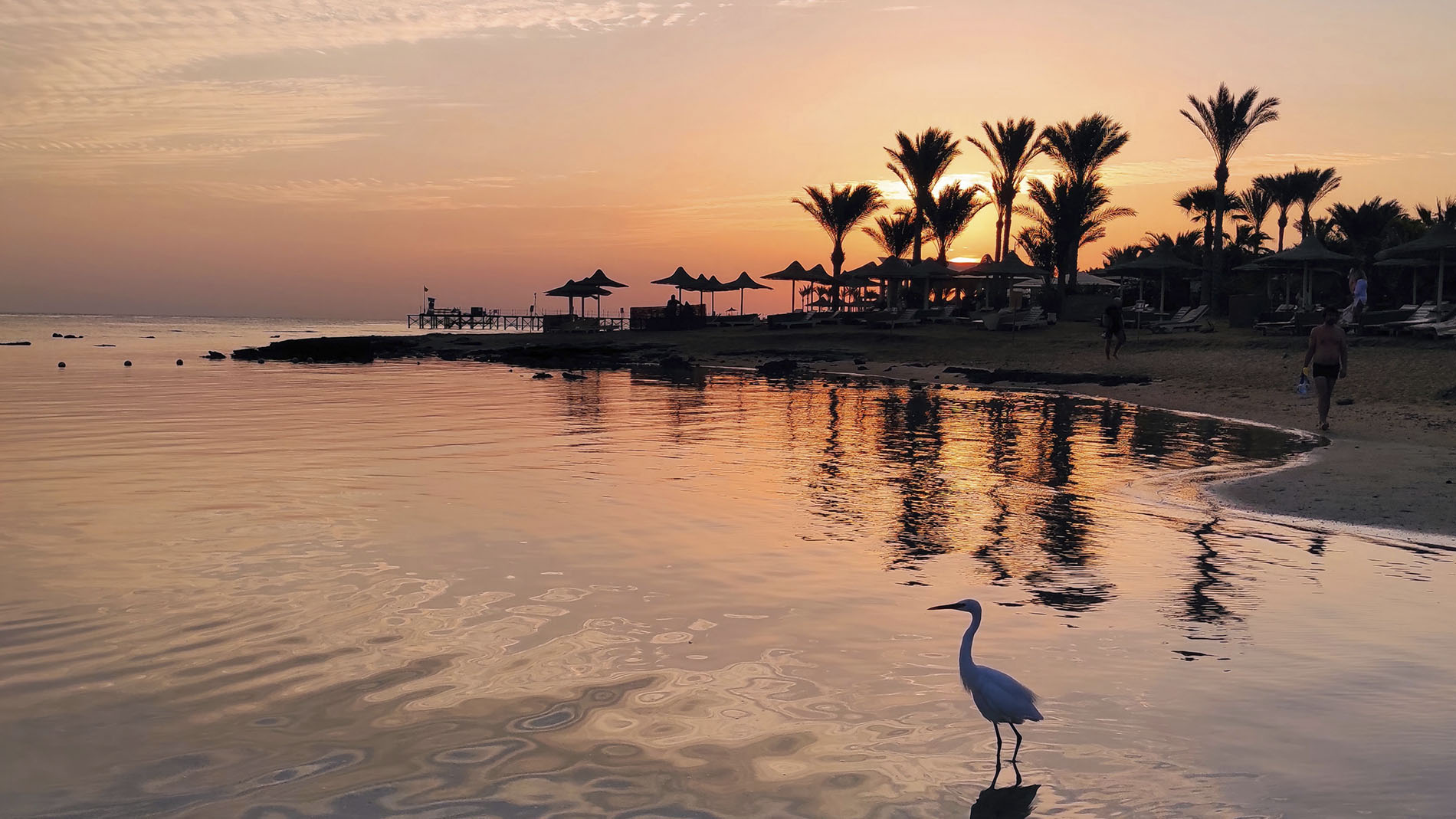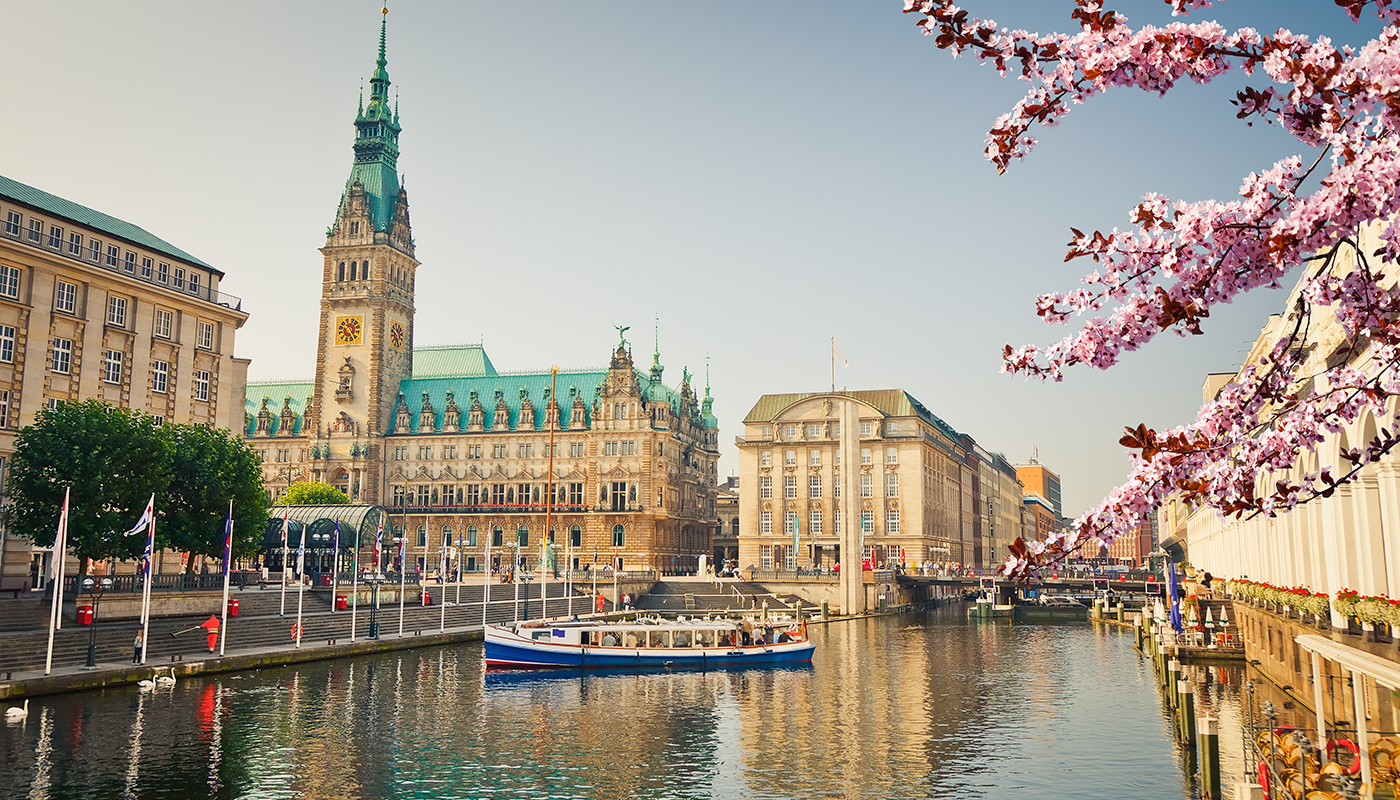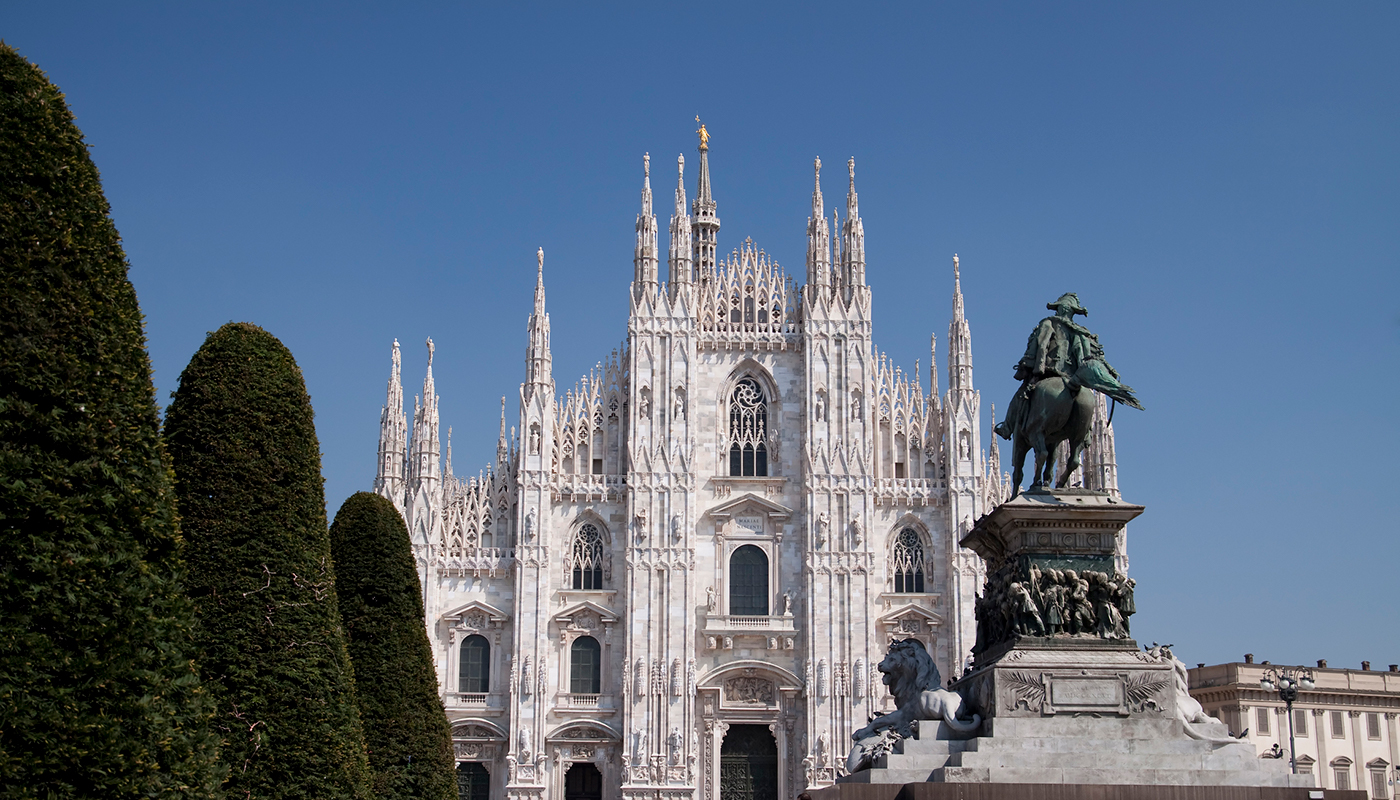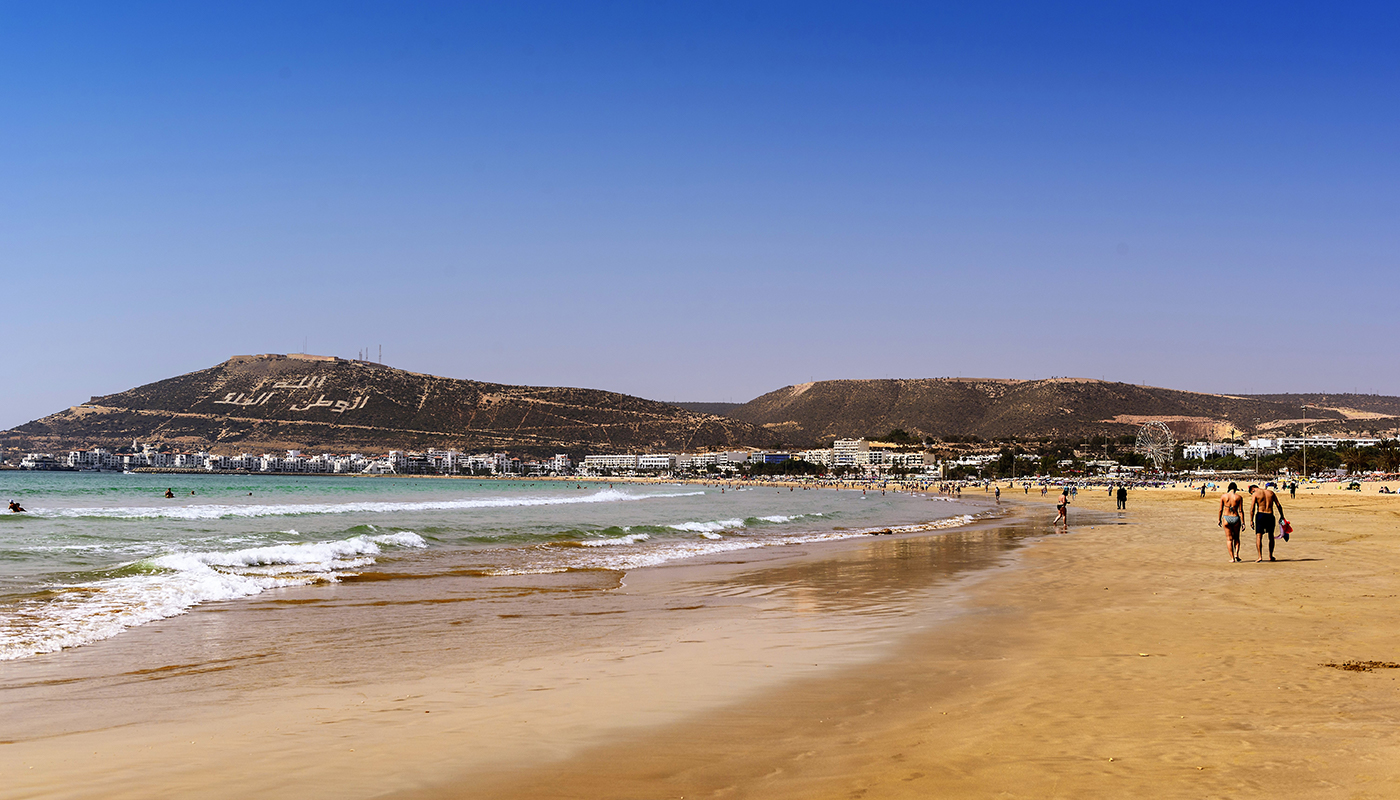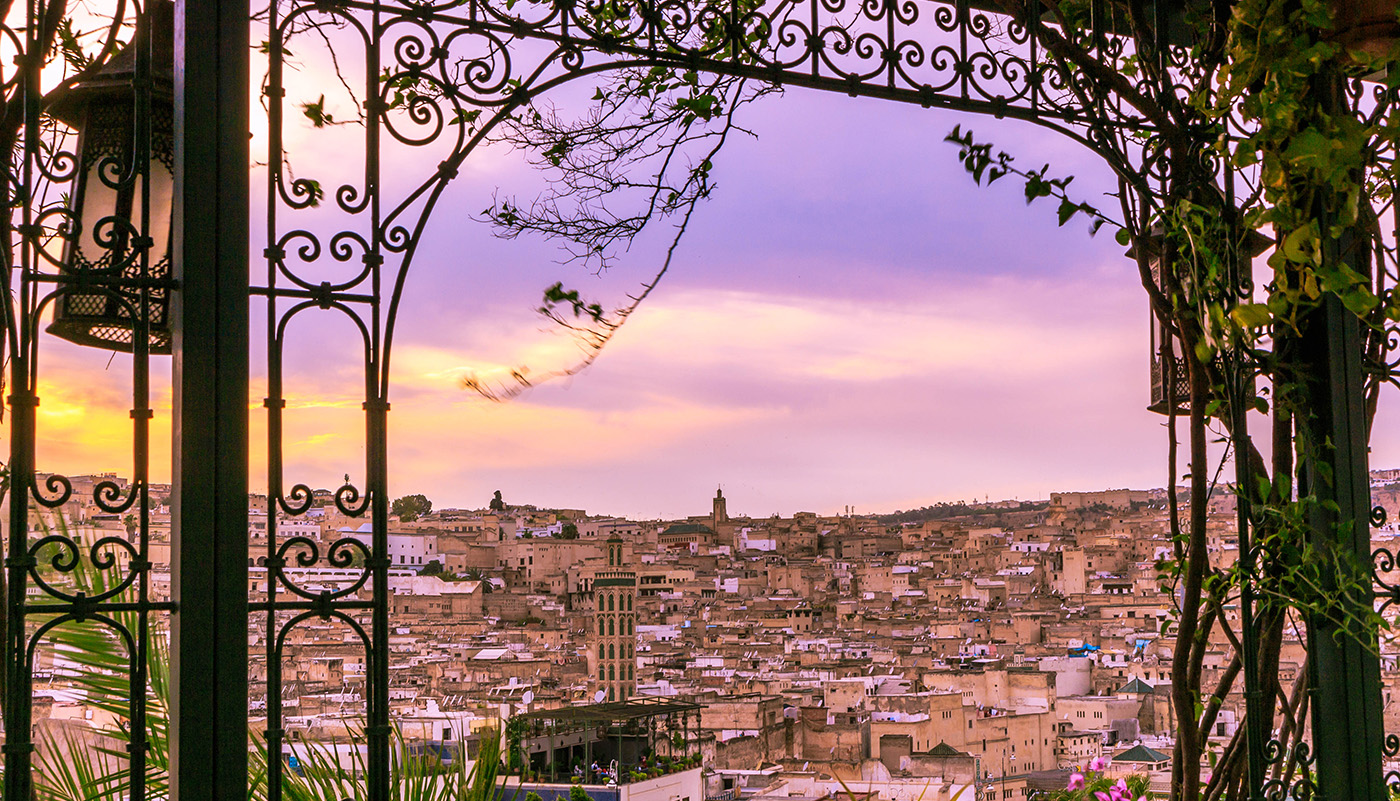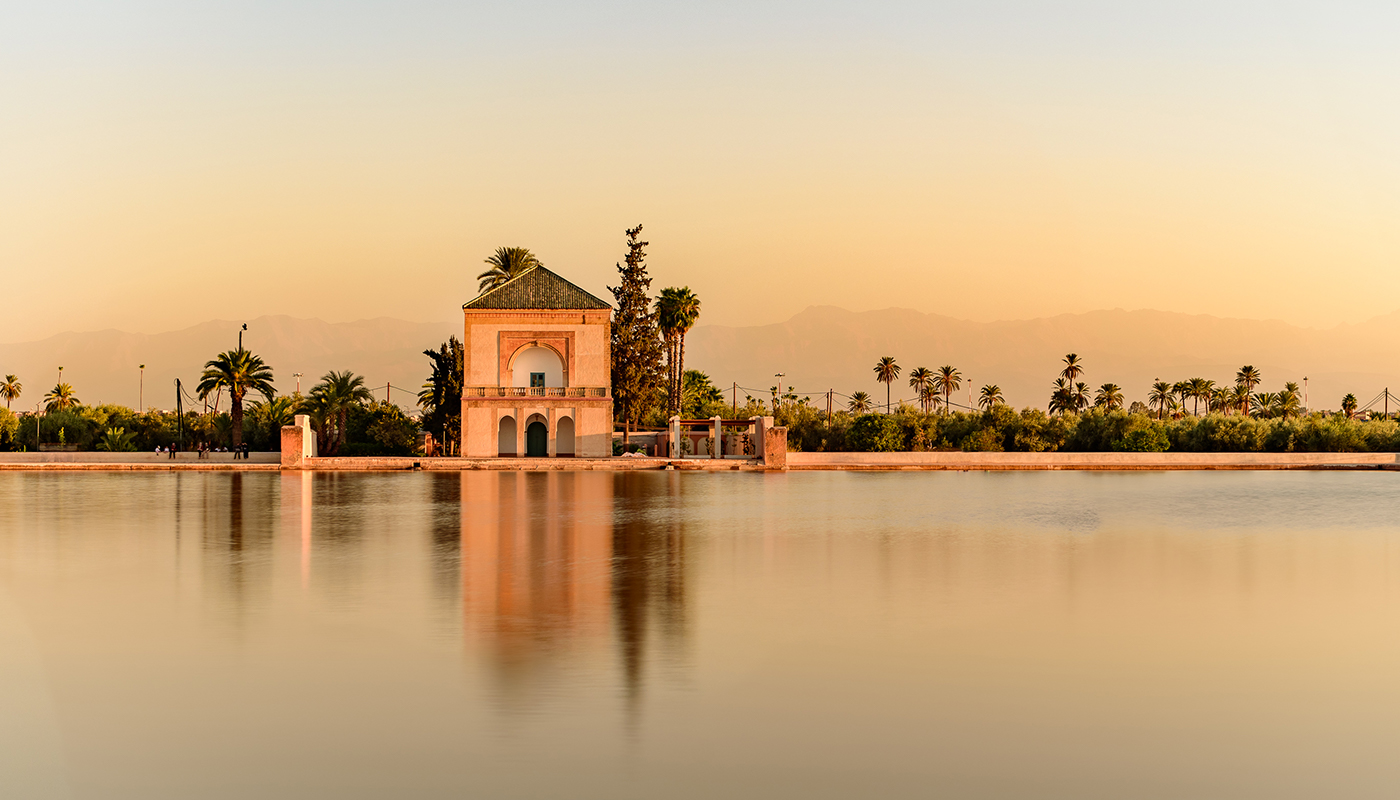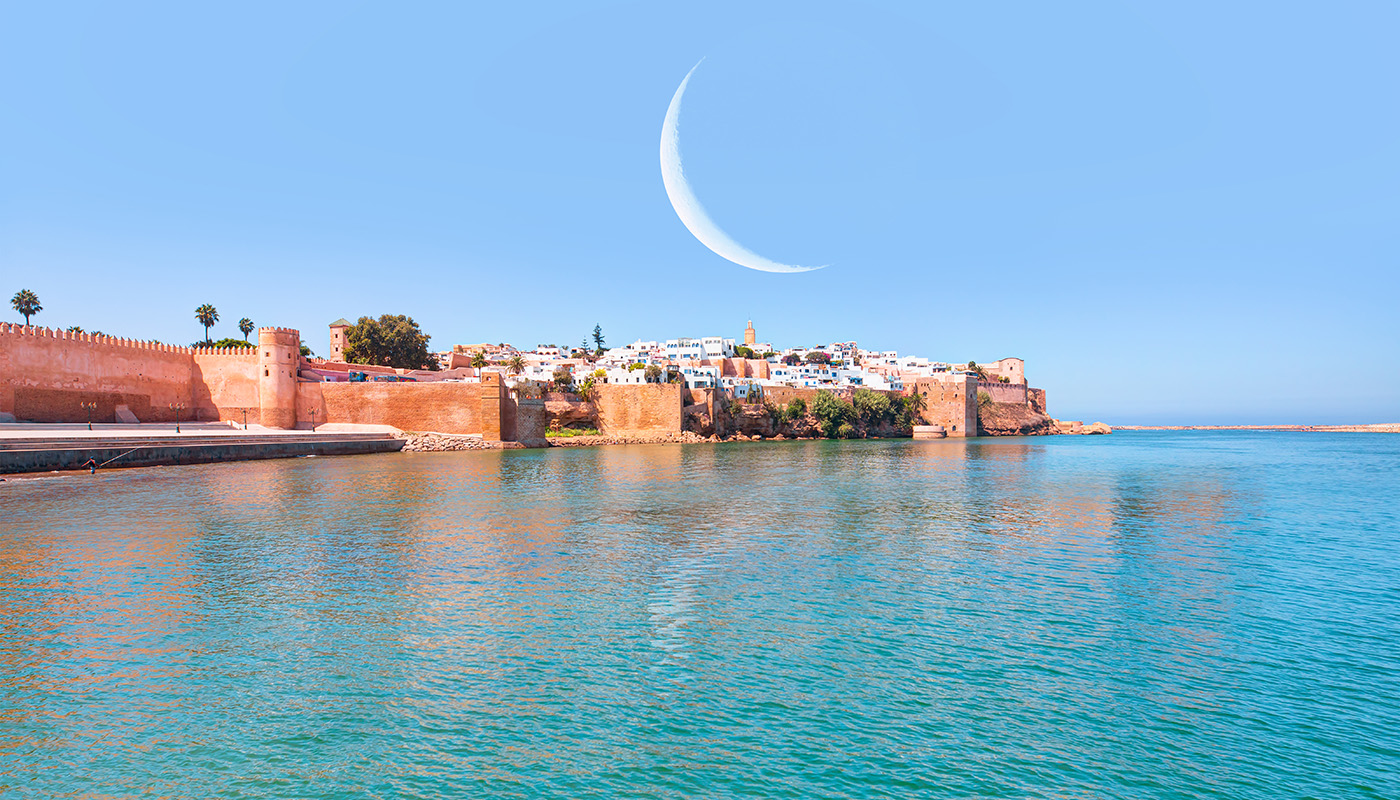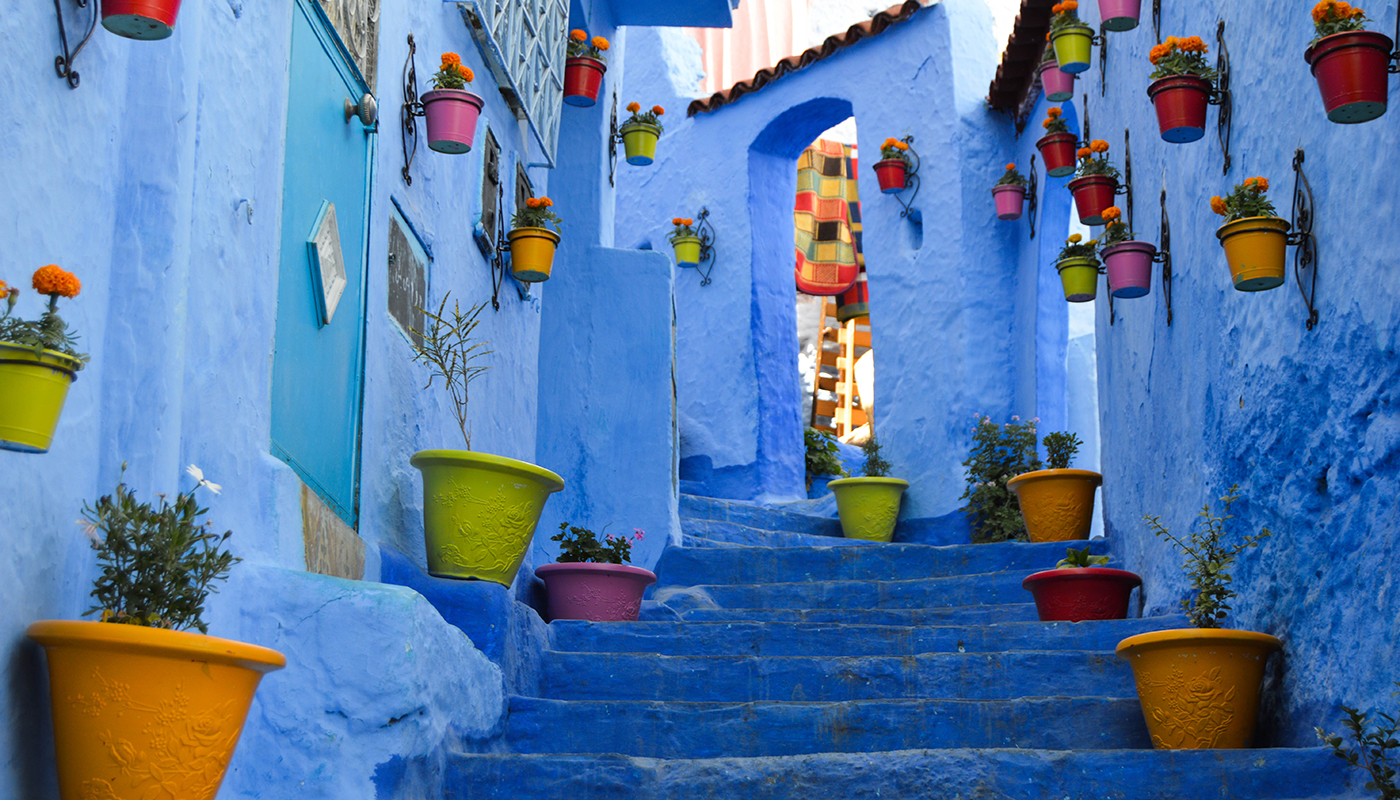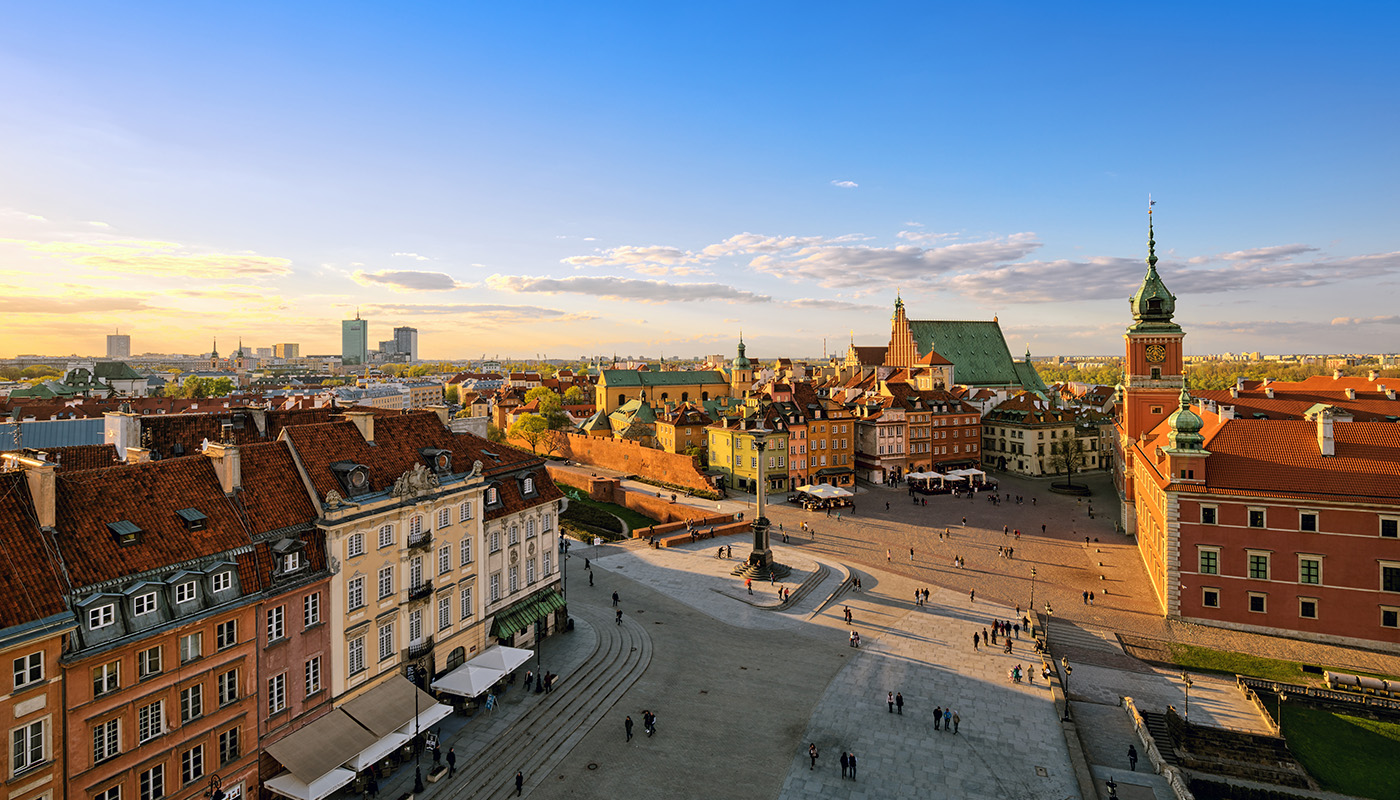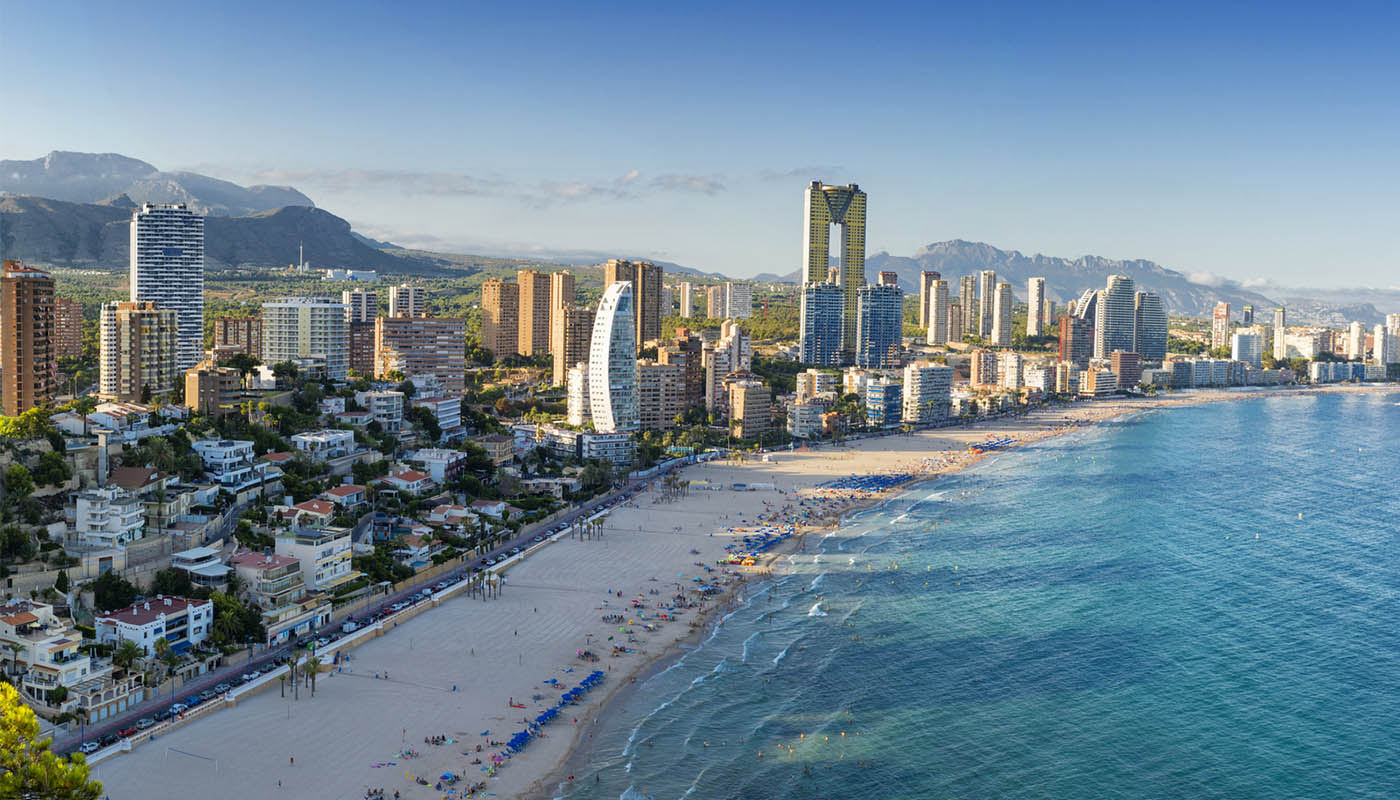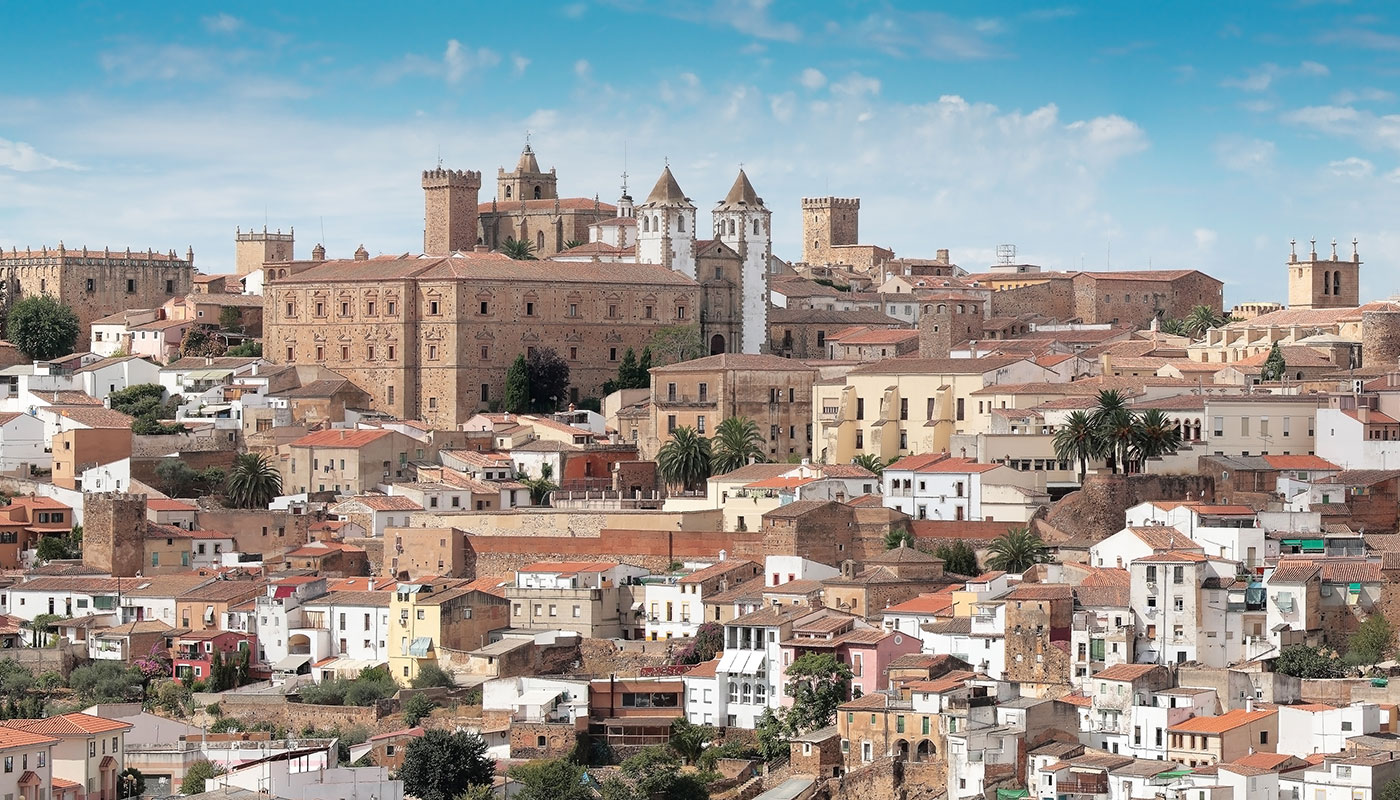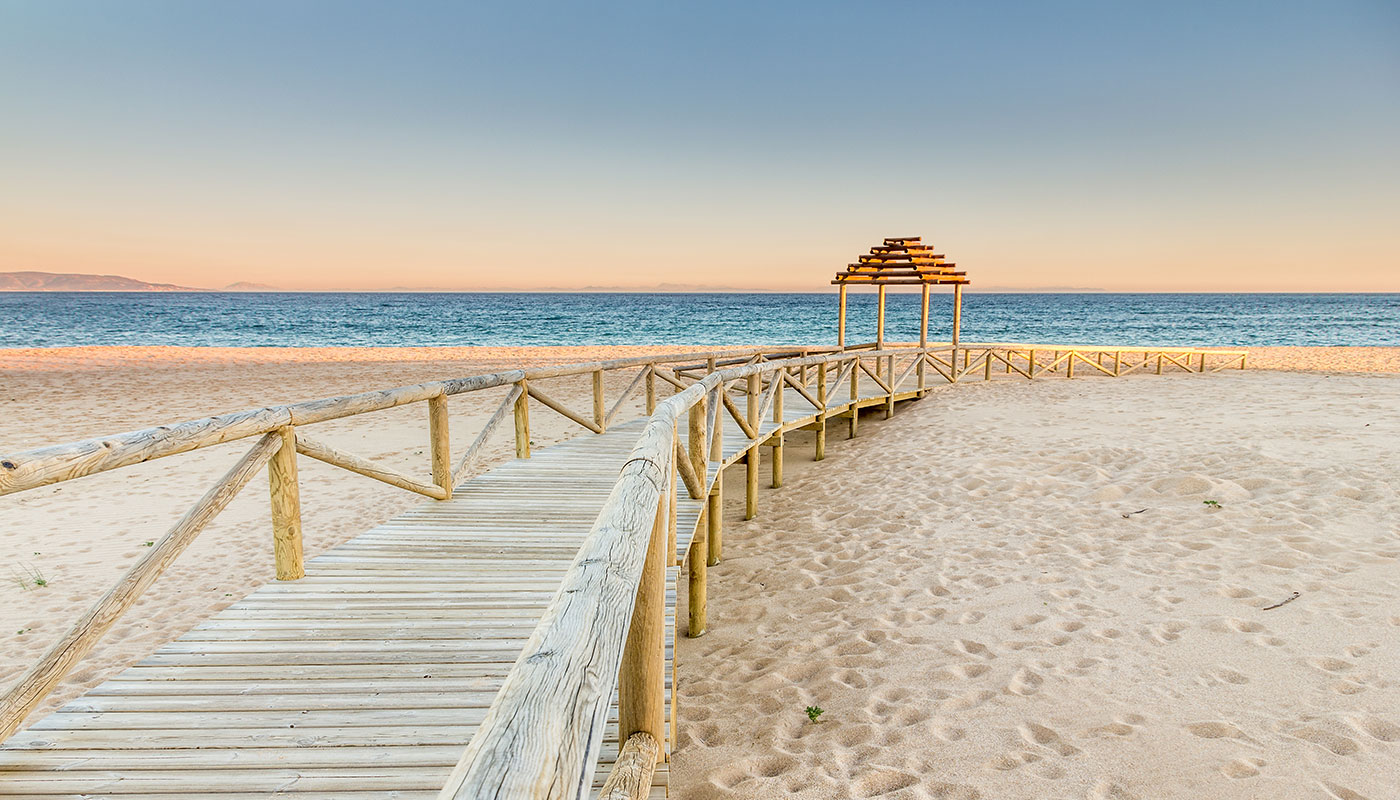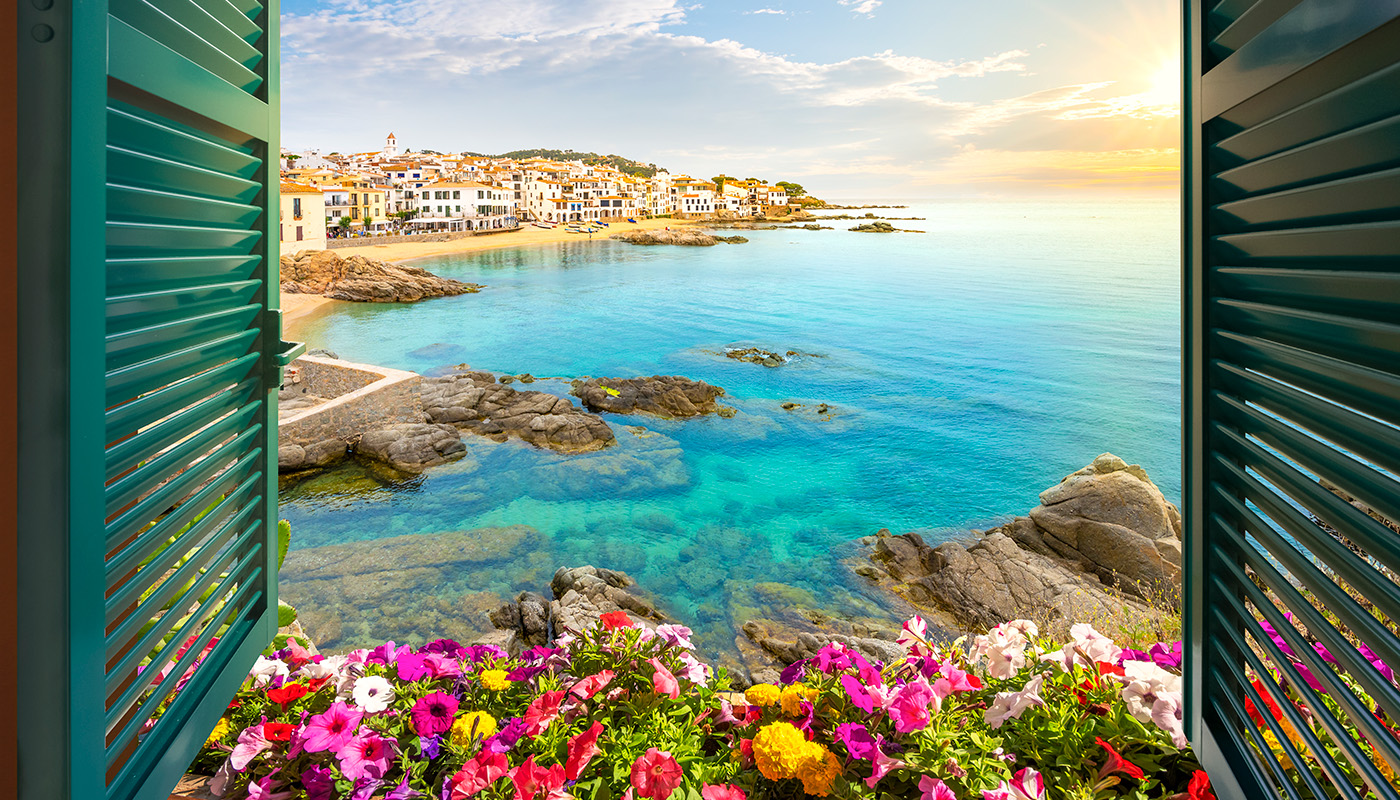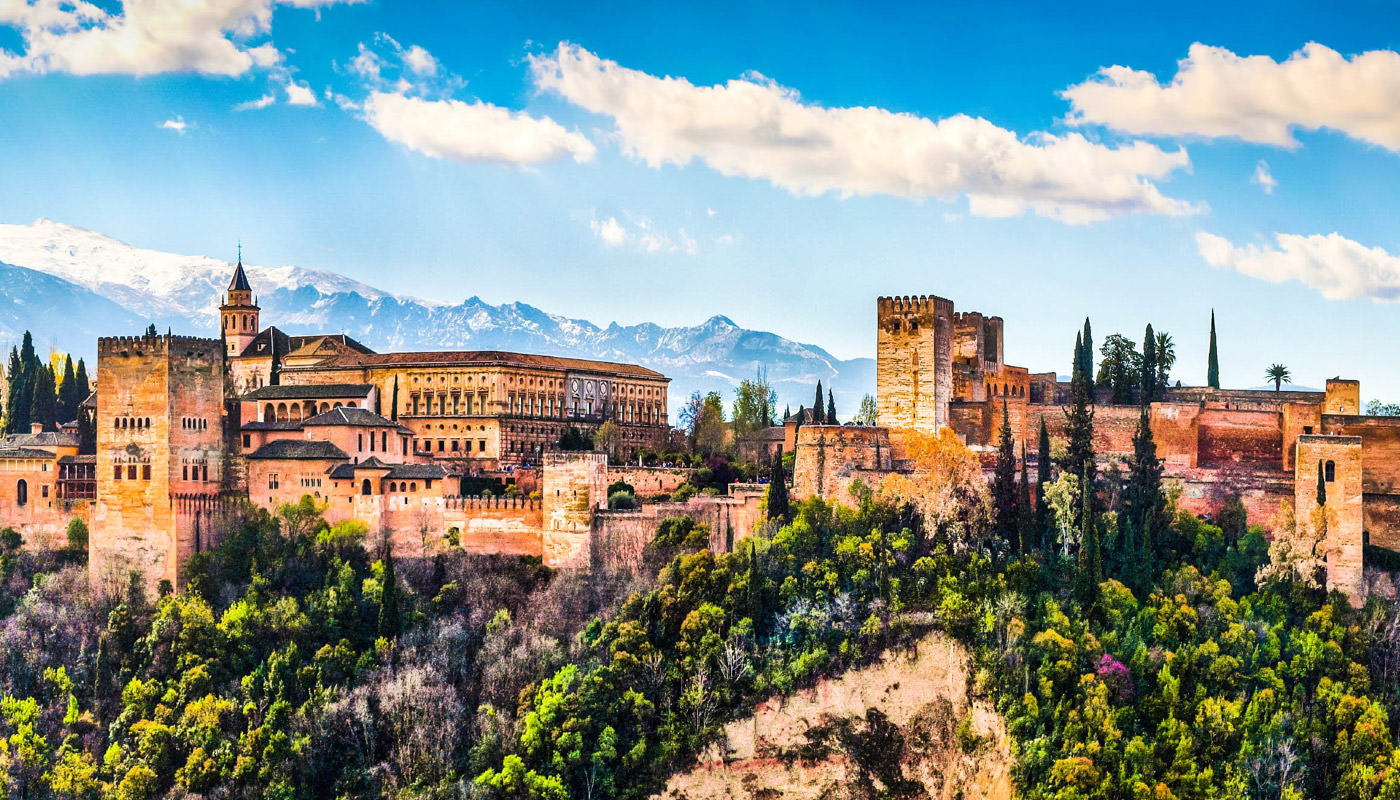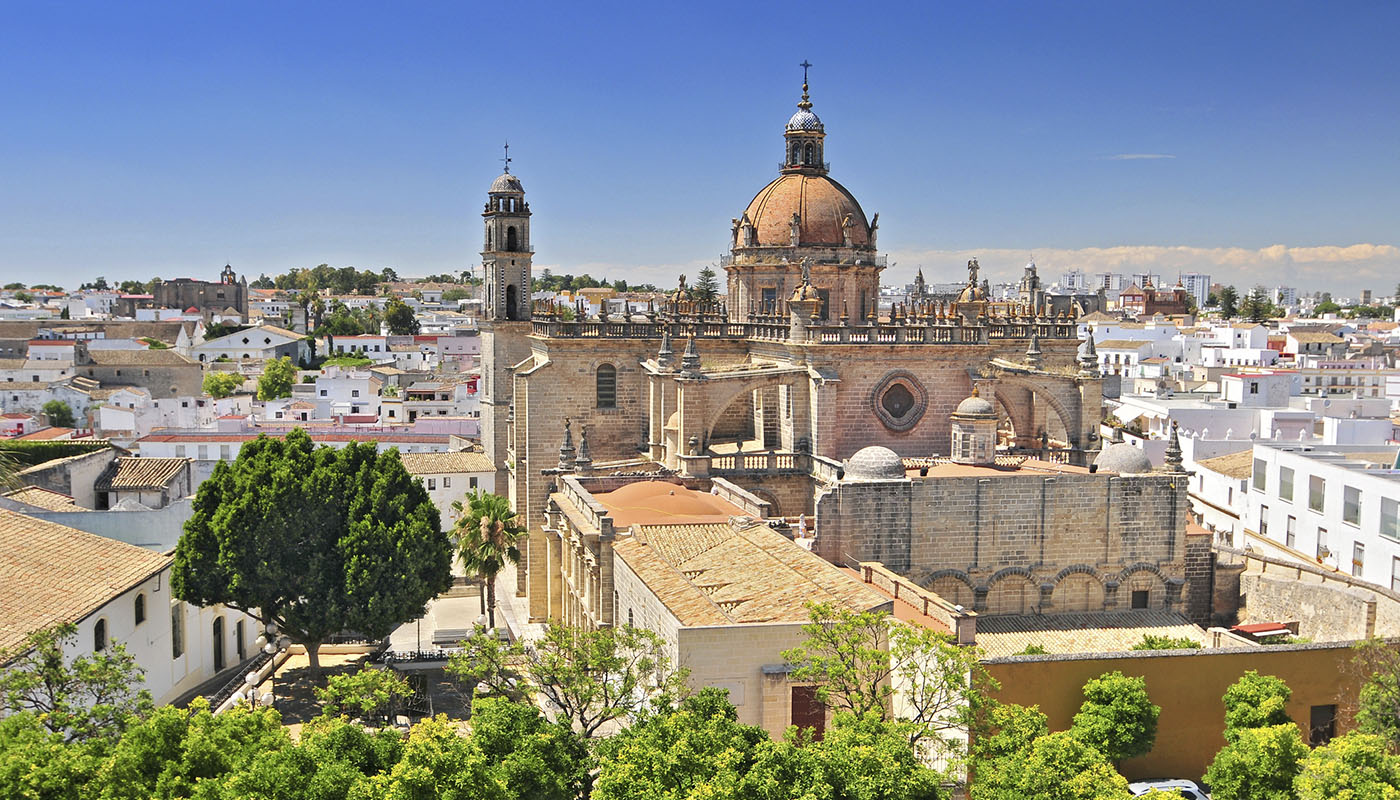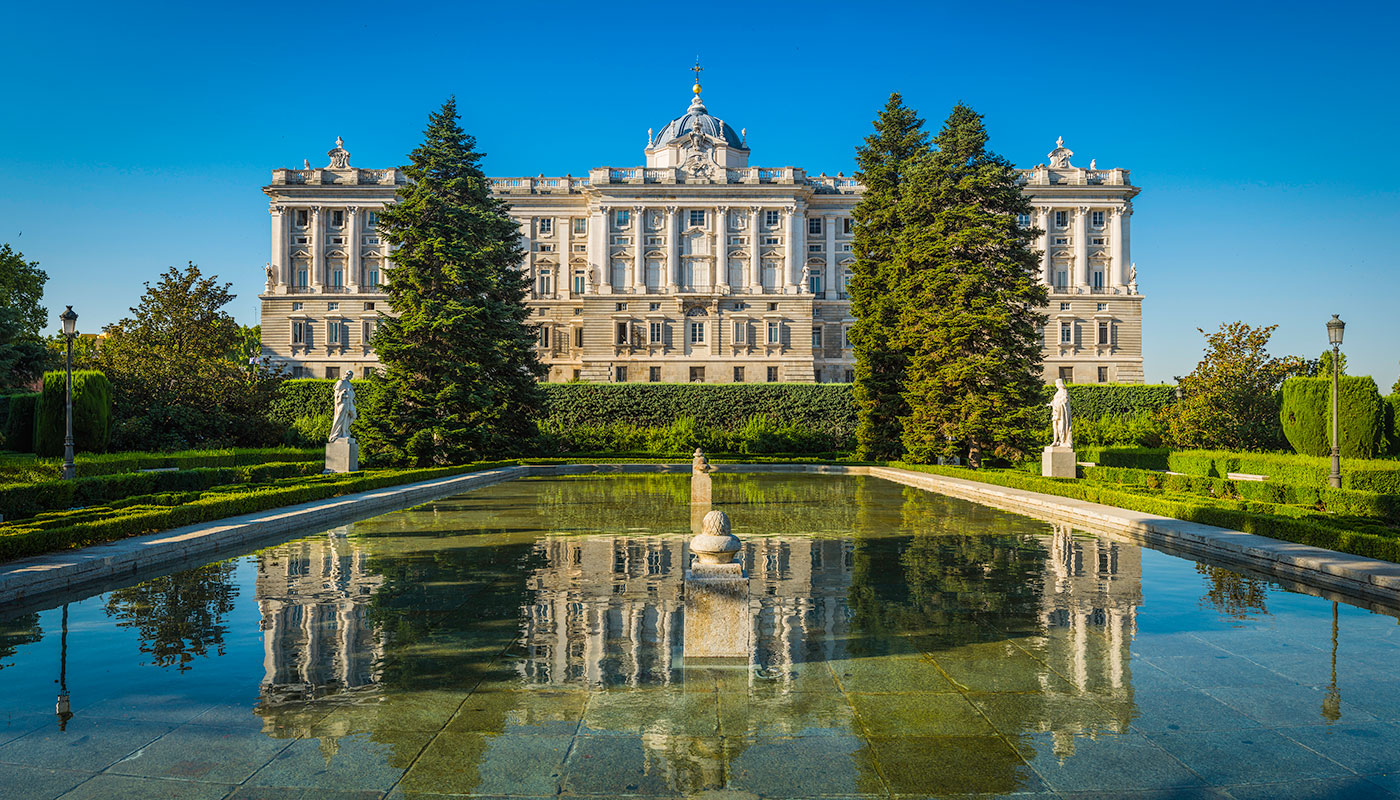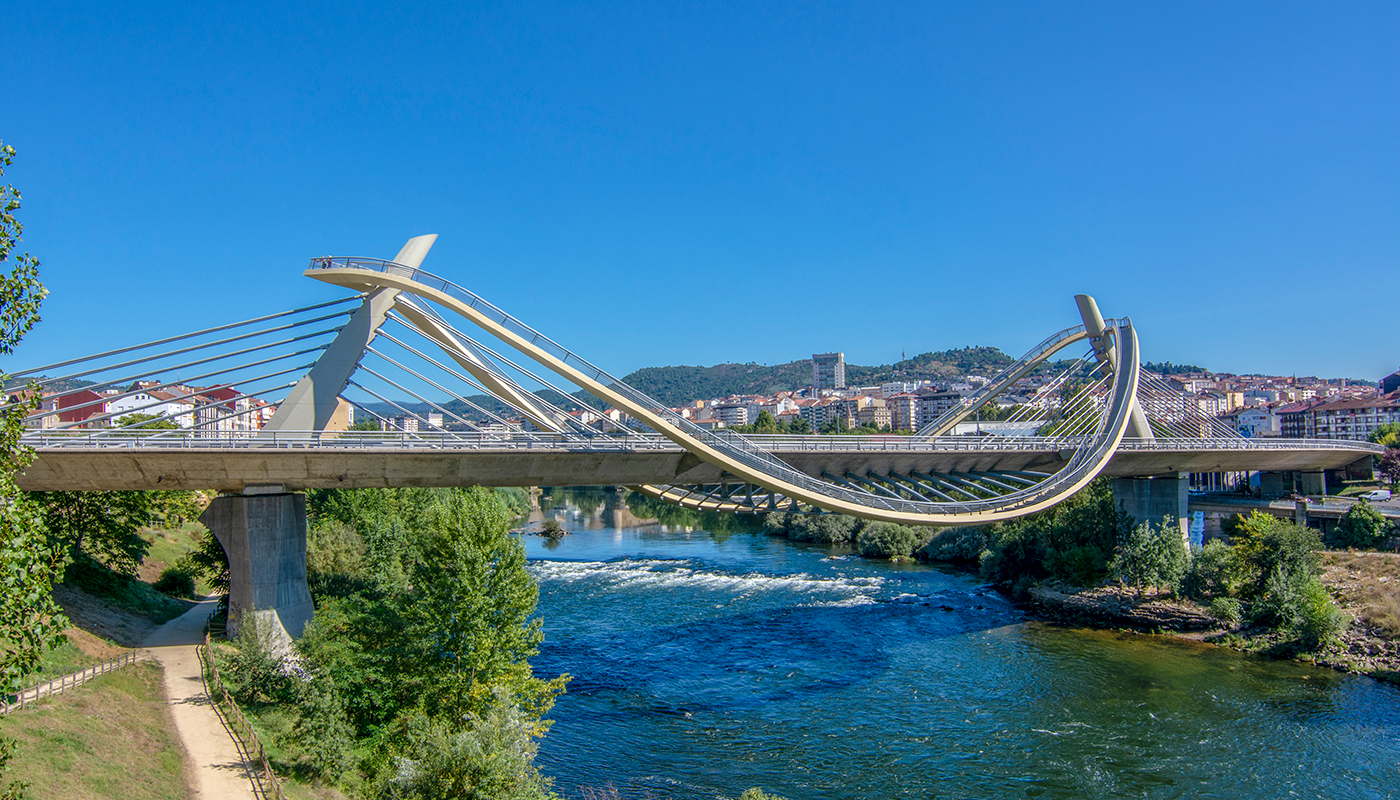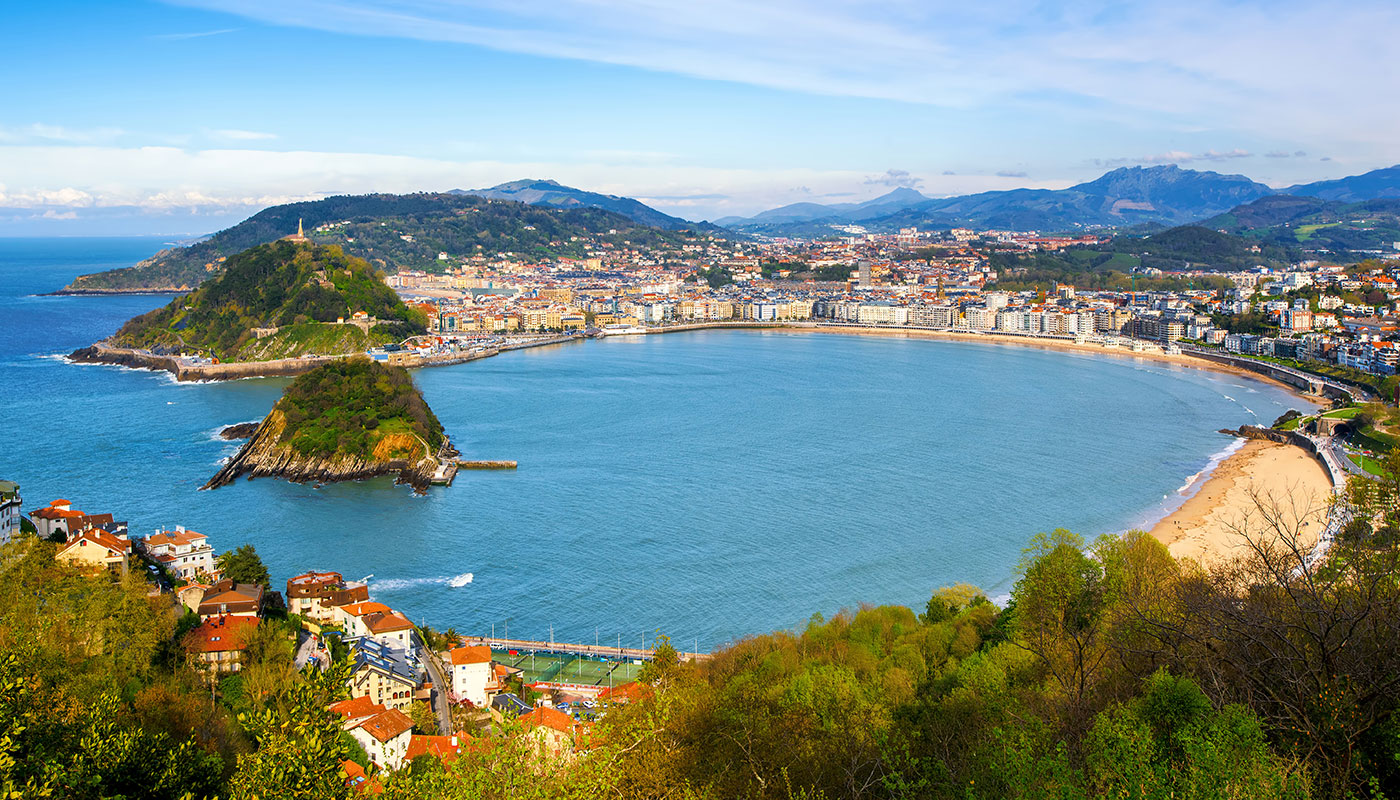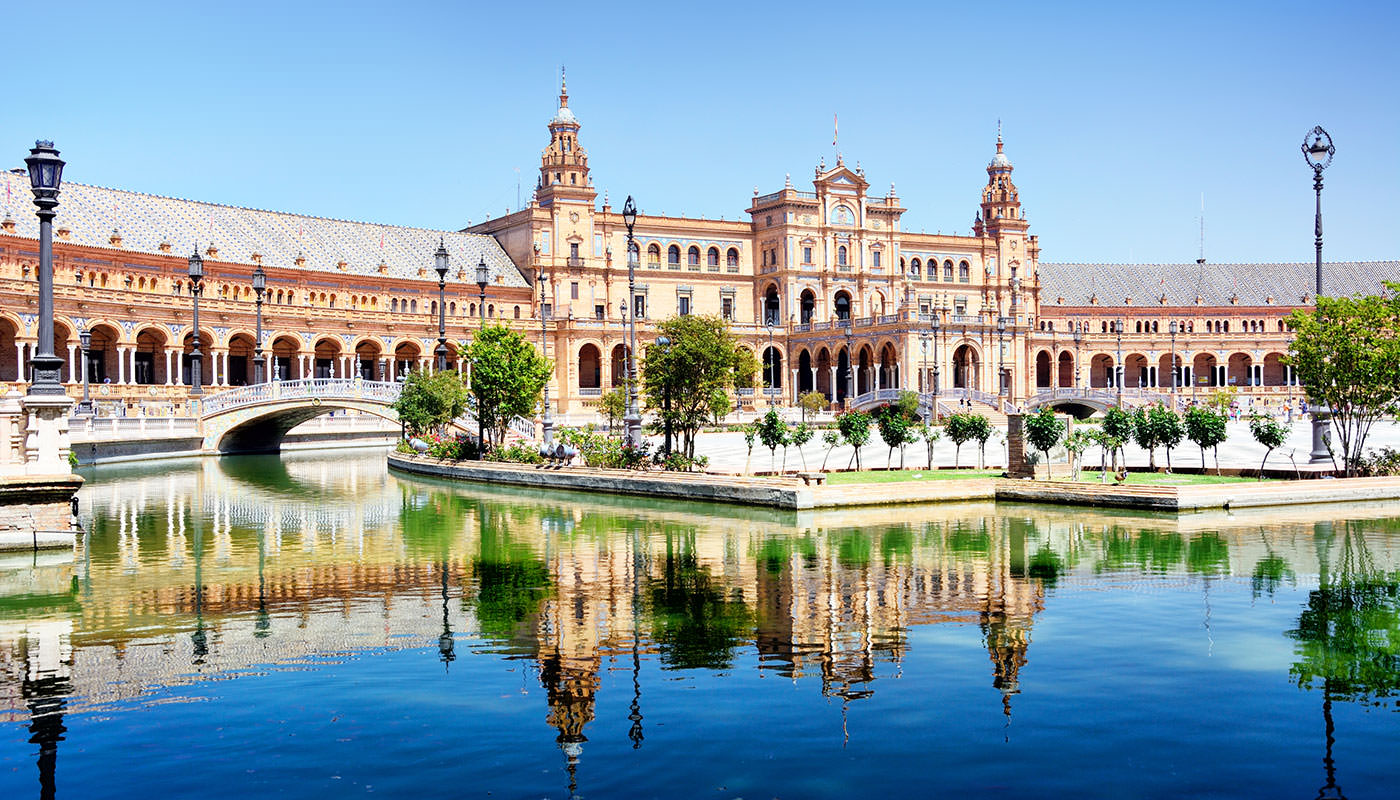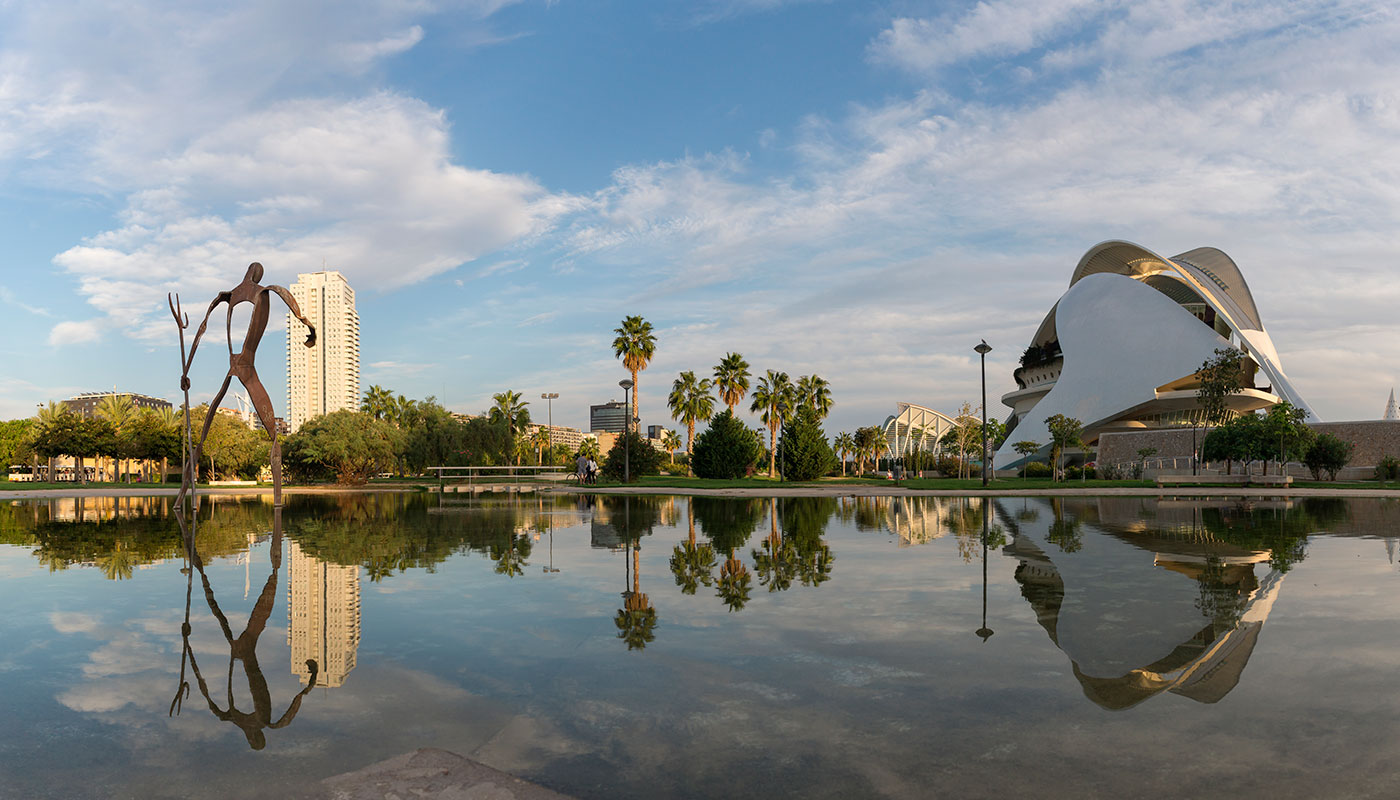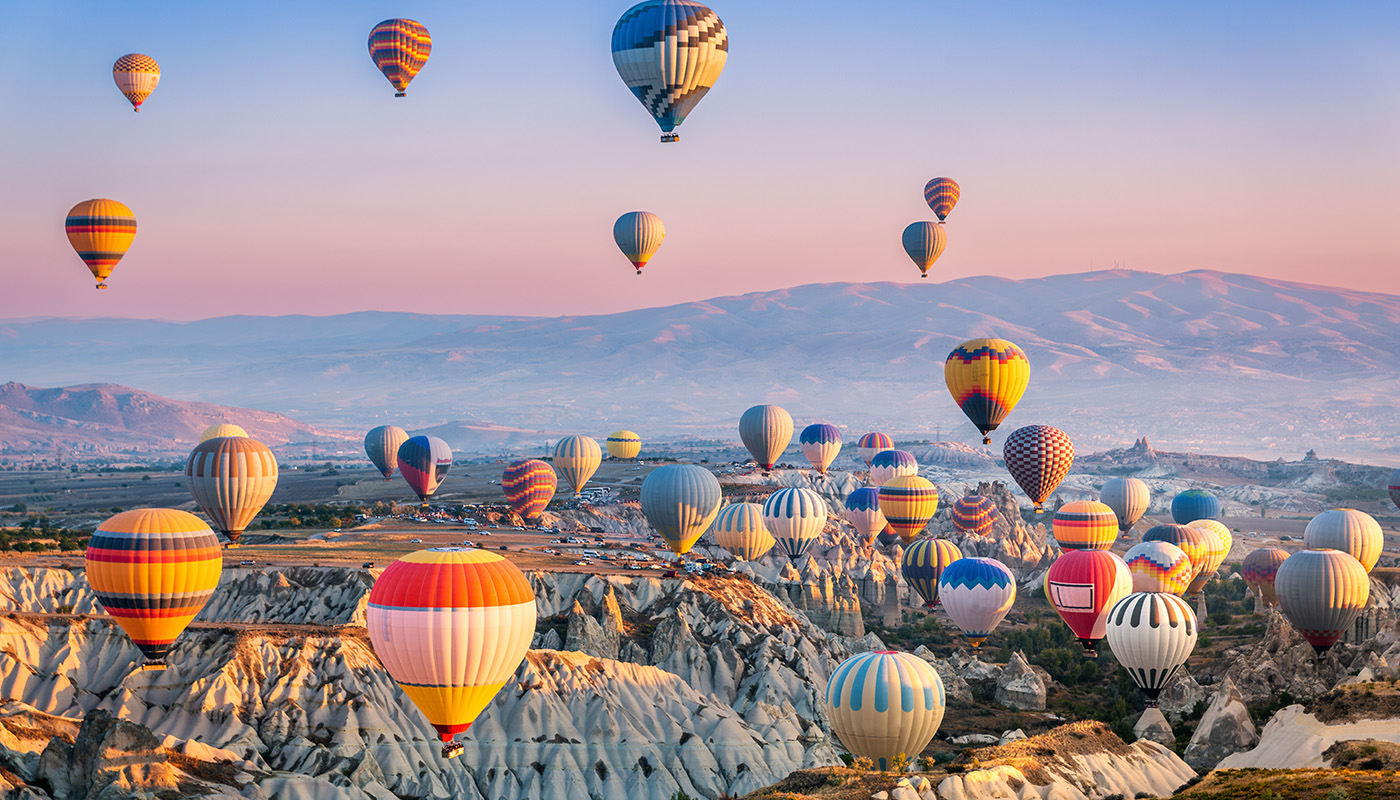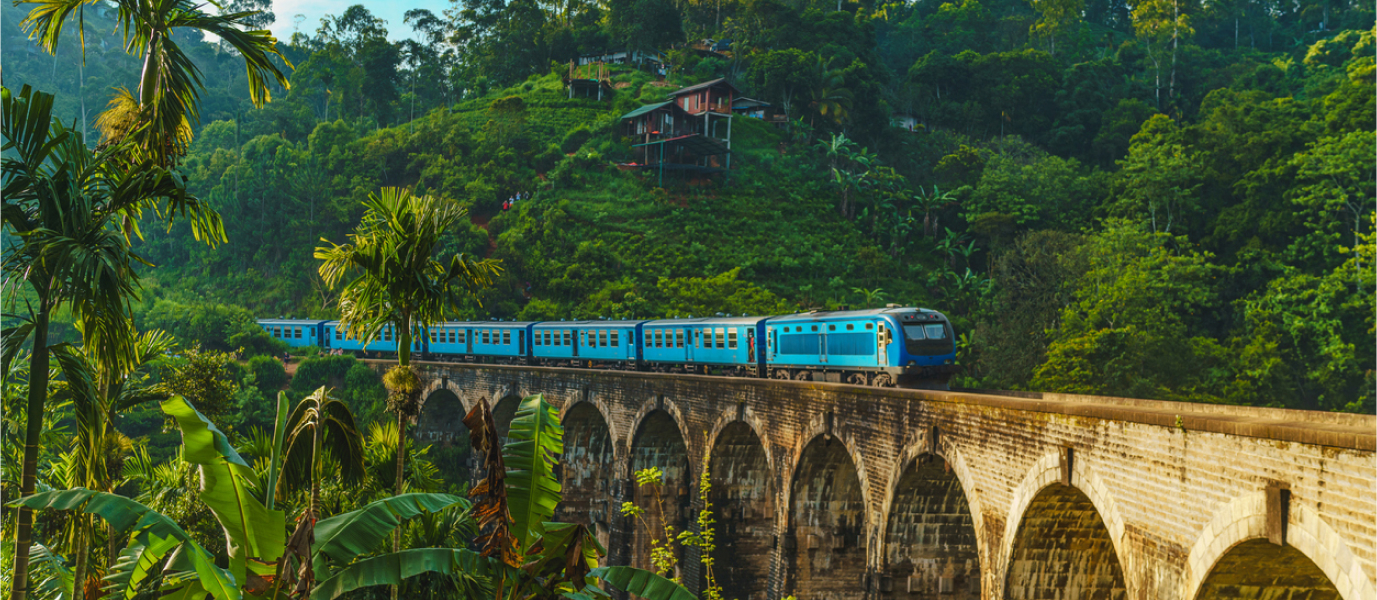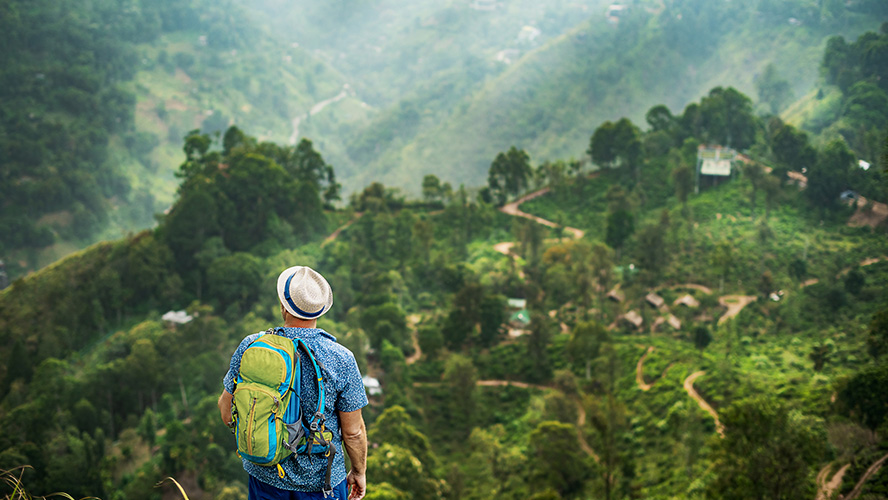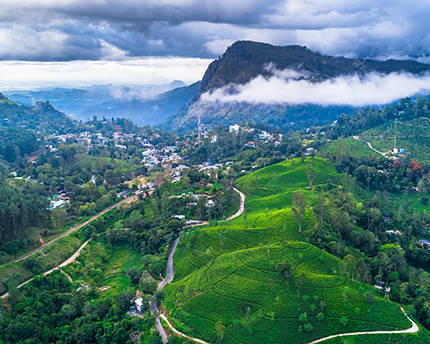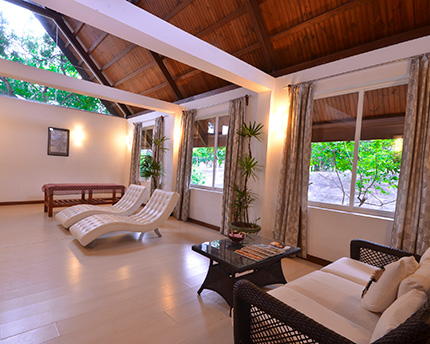Travelling to Sri Lanka is far safer now than in recent years, specifically the period between 1983 and 2009 when tensions between the Sinhalese, the ethnic majority, and the Tamil minority sparked a civil war.
Spain’s Ministry of Foreign Affairs recommends “taking precautions when travelling” on a website with advice on visiting Sri Lanka. This is partly due to the “economic and political crisis” the country experienced last year, although the “security situation has improved in recent months.”
Sri Lanka is currently going through challenging times due to the economic impact of the pandemic and the rule of the previous government. In fact, Sri Lanka hit the front pages of newspapers around the world when citizens stormed the presidential palace.
If you’d like to visit this idyllic destination, which has yet to be affected by mass tourism, this post has a list of essential advice for travelling to Sri Lanka.
Best time of year to travel
When is the best time of year to visit Sri Lanka? The Asian country has a tropical climate so it has warm temperatures all year round. However, it also has monsoon seasons so it’s extremely important to check which months are best to visit this pearl of the Indian Ocean.
Sri Lanka has two monsoon seasons, each one affecting a different coastline. One monsoon runs from October to February in the north-west of the country, and the other hits the south-west of the island from April to September. This means it’s a good idea to plan your route around Sri Lanka based on these extreme climate conditions and monitor the weather in real time during your trip so you can change your plans if necessary.
The climate means that the tourism high season runs from December to March, medium season is in April and from September to November, and low season runs between May and August. Both medium and low season are good times to visit Sri Lanka because there will be fewer tourists and prices are much lower.
Entry requirements
The main entry requirements for Sri Lanka are: have a passport that is valid for at least six months, a tourist visa, and a visa that states the reason for your trip. You should always keep your passport with you in case the local authorities ask to see it at any point during your holiday.
Visas can be obtained on this website. It states visa requirements, types of visa and applicable fees based on the length of your trip. Prices range between $25 and $100, depending on your nationality.
If you need to extend your visa, you must do so at least eight days before it expires. If your visa has expired, or doesn’t match the stated reason for your trip, you are at risk of a prison sentence. The 30-day tourist visa can be extended twice (the second time can also be for a 30-day period.)
Vaccines and travel insurance
The only vaccine required by international law is the yellow fever vaccine. If travellers have passed through a country where yellow fever is endemic six days prior to entering Sri Lanka, they must provide a vaccine certificate.
In addition to being vaccinated against measles, mumps and rubella, the World Health Organisation (WHO) recommends the following vaccines: adult diphtheria and tetanus, hepatitis A, hepatitis B, Japanese encephalitis, polio, rabies, typhus, and chicken pox.
It’s always sensible to travel with health insurance that covers your destination so you can be given health care at a medical centre or hospital if necessary. The price of treatment could be high if you don’t have travel insurance, and the cost could be astronomical if you have to be urgently evacuated to your country of origin.
Currency and payment
The official currency of Sri Lanka is the rupee (LKR) and the current exchange rate is €1 = 334.47 LKR (March 2024).
Like in all countries, Sri Lanka has currency exchanges and even “money changers” who offer very reasonable prices (but keep your eyes open for possible scams.) The safest way to change money is at a bank, or at the airport when you arrive, and keeping the receipts for any money you exchange is recommended.
You can also withdraw cash from an ATM, but you should check the commission your bank charges for cash withdrawals in Sri Lanka before travelling to the island.
If you have lots of rupees left over when it’s time to leave Sri Lanka, it’s much better to change them at Colombo airport because it’s very difficult to do so in neighbouring countries and in Europe.
Finally, Mastercard and Visa are the most frequently accepted options if you’d like to pay by card, and almost all hotels and tourist restaurants, or restaurants that are above average price, accept card payments.
Transport
You can travel from one part of Sri Lanka to another by car, bus and even motorbike. Trains also run fairly smoothly and are popular with tourists. Most cities are small, apart from Colombo, so you can explore them on foot, by taxi, or by catching typical modes of transport such as a tuk-tuk, a three-wheeled vehicle that is popular in Asia.
If you’d prefer to travel by car, you can hire one with a private driver included in the price. This option is often offered by hotels, taxi drivers in cities, and travel agencies, and you can book a driver for one or several days. If you’d just like to hire the vehicle (not a common practice) the price is normally around $30 a day.
You can hire a car for under $30 a day with 100 km included, however, tourists don’t usually take the wheel in Sri Lanka. Motorbikes are also available for hire, and it costs around 1500 LKR or less than €5 a day.
You need an international driving licence to hire either a car or motorbike; it must be valid for between three months and a year, and be issued by the Department for Transport in your home country.
The best way to get around Sri Lanka is by bus because the network covers 80% of the country’s roads. There are two types of bus: buses run by the Central Transport Board (CTB) or Sri Lanka Transport Board (SLTB), and private buses with varying levels of comfort and speed that are operated by different companies.
If you would like to travel by rail in Sri Lanka, make sure to visit the Highlands by train and admire some of the island’s most spectacular landscapes from your window. This magical experience aside, Sri Lanka also has a rail network with trains that depart from Colombo for the south, east, and north. You’ll find all the information you need on this website.




